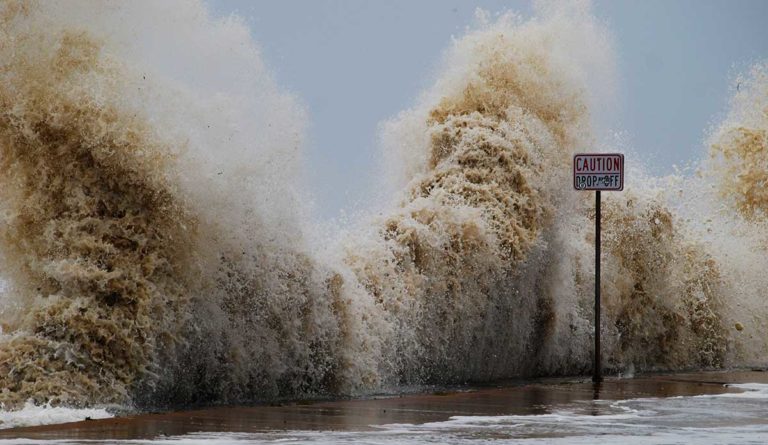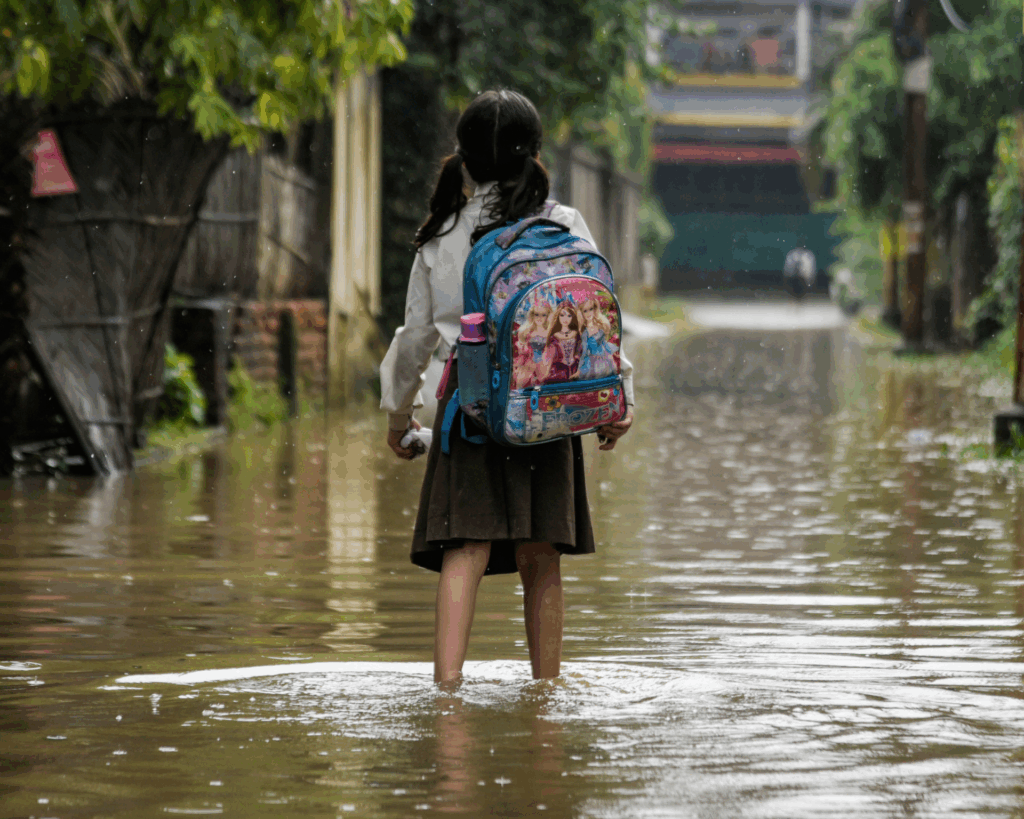Resilience in the Wake of Extreme Weather
Communities must work together at the local and regional level to plan and prepare for extreme weather. Risk models and zoning may be outdated, making some areas particularly vulnerable to extreme weather events.

Read Time: 2 minutes
Published:
Environmental disasters pummeled the United States in 2017, causing $306 billion in damages. As scientists predict an increase in climate change-related events, the U.S. will continue to experience financial losses due to extreme weather. In the aftermath of two nor’easters, Massachusetts governor Charlie Baker is promoting a strategy to improve resilience during and after extreme weather events.
A recent review of the impact heat waves, cold waves, and flooding have on health care facilities and their affiliated networks in the United Kingdom provides recommendations that may be useful for Massachusetts and the U.S. eastern seaboard states. The review also assessed international research on planning for extreme weather. Findings suggest that communities at both the local and regional level must work together to gain environmental knowledge and understand preparedness techniques. From a policy perspective in the U.S., this could mean filing legislation to allocate funds to cities and towns to develop their own climate change strategies.
The review found that efforts to improve social infrastructure must consider populations in areas particularly vulnerable to extreme weather events. Coordinated action from policymakers, scientists, and health professionals will better prepare care facilities and their surrounding communities for climate disasters. The review also highlights a need for enhanced surveillance methods, so that such extreme weather can be tracked and predicted more effectively in the future.
Surveillance may only go so far, however. When Hurricane Harvey made landfall in Houston, climate scientists were shocked by the storm’s intensity. Even though they had predicted a hurricane of immense strength, they did not expect the storm and flooding to be as catastrophic as it was. This unexpected impact of Harvey may be attributed to outdated risk models and poor land zoning practices in Houston. With original prairie lands and wetlands covered by a concrete built environment, Houston and other cities no longer have the advantage of absorbent land, and become more prone to great floods.
Some U.S. cities have made strides towards better environmental preparedness strategies. Portland, Oregon’s Climate Action Plan (CAP), for example, established a committee in 2013 tasked with reviewing how local climate change planning affected marginalized groups. The 2017 CAP progress report includes recommendations that consider racial and social equity when developing urban areas to improve protection and resilience in the face of extreme weather.
Feature image: Scott Pena, Storm Surge, 200 miles away, used under CC BY 2.0



